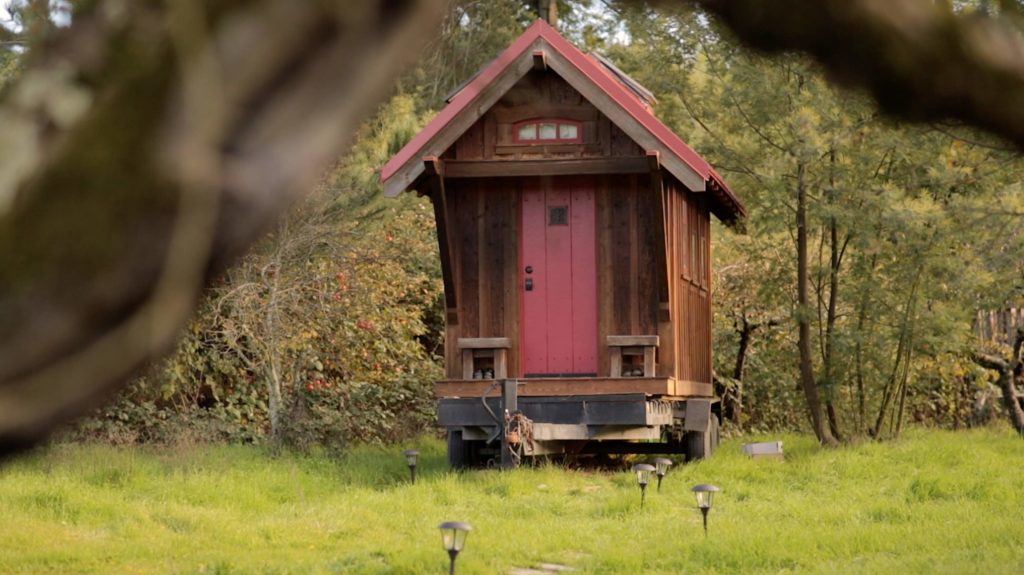Sacramento Mayor Calls for Tiny House Acceptance & Mass Production
Sacramento Mayor Darrell Steinberg wants to spend 30 million to jumpstart the rapid production of tiny homes.
Mayor Steinberg sees tiny housing as an opportunity to quickly and more affordable address dire housing shortages, sky-rocketing costs, fire devastation, and the expansive homeless population.
"My hope is that with a little bit of financial incentive, hopefully less than $100,000 per unit (compared to $500,000 per apartment development), that we will spark a series of new industries in California that will make tiny homes, efficiency homes, cargo units, tent cabins the norm — not just the exception."
Also, stated that traditional affordable housing is still needed, but tiny homes should serve “as a clear alternative, especially as we are trying to address the fact that 90,000 Californians are unsheltered and homeless.”
Read more from Capital Public Radio article here.
In the article, there’s not much enthusiasm from the community stakeholders quoted. Their comments highlight the adverse effects of mixing up terms, using “tiny house" interchangeably with “micro shelter" or "sleeping pod," etc.— one is a fully-functional home and the other temporary shelter.
Both have important roles to play, but correct terminology needs to be consistently used to eliminate confusion around the differences between emergency or temporary shelter and permanent housing solutions.
“Tiny House” is a codified term now. There are multiple types, movable and site-built on a foundation. Both include all daily living essentials. Without power, water, or a bathroom, it is not a “house.”

Interestingly, in some micro shelter villages, central bathroom, and kitchen facilities fulfill daily life needs and sanitation. Meanwhile, individual residents enjoy their own private, secure tiny "bedroom" structure. For examples of this kind of model, visit the Village Collaborative.
With California in just a dire need for housing solutions, a wide variety of options are needed. They can be implemented used as fill-in-the-gaps solutions placed on church properties to backyards or agricultural properties.
As of now, both San Diego and Los Angeles are very close to allowing movable tiny houses as accessory dwelling units. Additionally, Santa Rosa and Butte County allow movable tiny houses and RVs via emergency housing ordinances.
Urban infill opportunities might be the most practical for tiny housing across California. While, of course, not all backyards will work, but many will, in addition to small vacant lots. Every city has odd lots that can’t be used for much.
